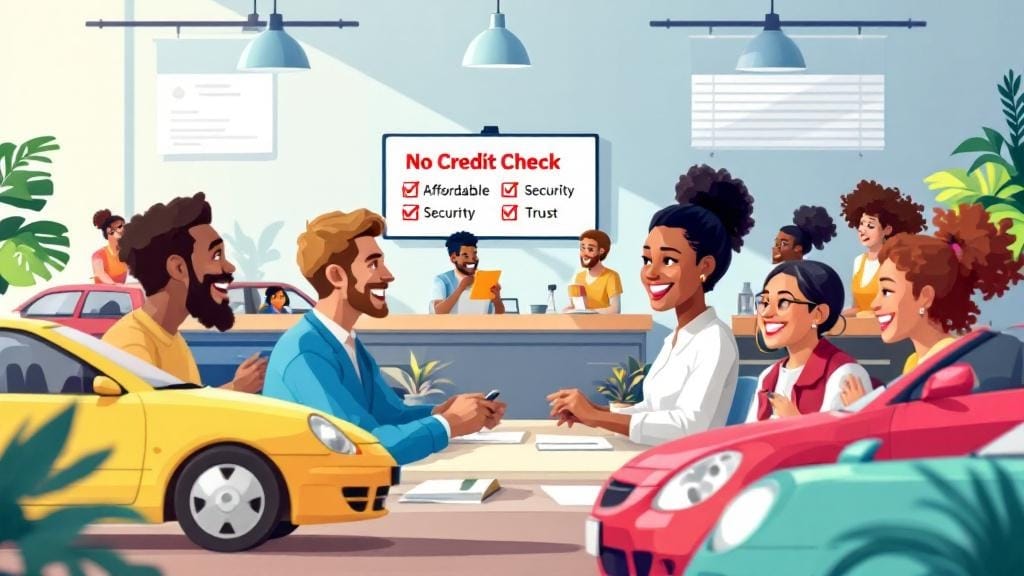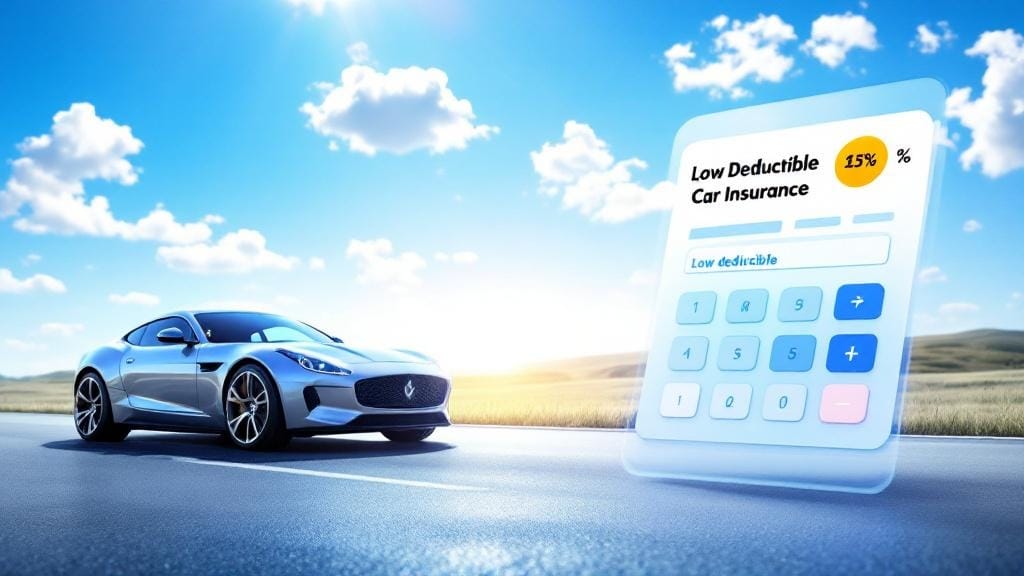Feeling overwhelmed by debt? You’re not alone. Millions of people are searching for how to reduce debt and finally take control of their finances. The good news is—you can. With the right mindset, a structured plan, and proven debt reduction strategies, you can ease your financial stress and move toward financial freedom.
In this guide, we’ll walk you through practical, real-world steps to get out of debt, from building a solid budget to exploring credit counseling services and more.
Why Reducing Debt Matters
Debt doesn’t just affect your wallet—it impacts your mental health, relationships, and overall well-being. Whether it’s credit card debt, student loans, or personal loans, carrying a balance drains your monthly income and limits future opportunities.
Reducing debt means:
Less stress and anxiety
More money for savings and investing
Improved credit score
Greater freedom and flexibility
1. Understand Where You Stand Financially
Before you make a personal debt reduction plan, you need a full picture of your current financial situation.
📝 Steps to Get Started:
List all your debts: Include balances, interest rates, and monthly payments.
Calculate your debt-to-income ratio (DTI): This shows how much of your income goes toward debt.
Know your credit utilization: Ideally, keep it under 30% of your available credit.
Knowing your numbers is the foundation for reducing debt effectively.
2. Create a Budget That Works for You
Budgeting is one of the best ways to reduce debt—and surprisingly, it doesn’t mean restricting everything you enjoy.
💡 Budgeting Tips to Reduce Debt:
Track all income and expenses using apps or spreadsheets
Cut non-essential spending: Dining out, subscriptions, impulse buys
Use the 50/30/20 rule: 50% needs, 30% wants, 20% to savings/debt payoff
Set realistic goals—like paying off $500 in 3 months
Budgeting to reduce debt empowers you to control your money instead of letting it control you.
3. Choose a Debt Payoff Method
Now it’s time to get strategic. Picking the right debt payoff method can help you reduce debt quickly and stay motivated.
🆚 Debt Avalanche vs. Debt Snowball:
| Method | Description | Best For |
|---|---|---|
| Avalanche | Pay off the debt with the highest interest rate first | Saving money long-term |
| Snowball | Pay off the smallest debt first for quicker wins | Building momentum |
Either method can be effective. Choose the one that best fits your personality and goals.
4. Increase Your Income (Even a Little Helps)
More income = more money to put toward debt. Even small increases can accelerate your progress.
📈 Ideas to Boost Your Income:
Freelance on weekends
Sell unused items online
Ask for a raise or promotion
Pick up a part-time gig or remote work
Use extra income solely for debt reduction—not lifestyle inflation.
5. Cut Interest Rates and Fees
Interest is what keeps you in the debt cycle. The faster you reduce it, the sooner you’ll be debt-free.
🔧 Interest Rate Reduction Tactics:
Call your creditors and request a lower rate
Transfer balances to a 0% APR credit card
Refinance high-interest loans
Consolidate with a debt consolidation loan
A lower rate means more of your money goes toward paying down principal, not just interest.
6. Consider Credit Counseling Services
If you’re struggling, professional help can make all the difference.
🛟 What Credit Counseling Services Do:
Offer free or low-cost financial advice
Help you create a workable budget
Negotiate lower interest rates
Set up a debt management plan (DMP)
Choose a non-profit agency accredited by the NFCC or FCAA for trustworthy guidance.
7. Build Emergency Savings (Yes, Even While in Debt)
You might be wondering—“Should I save while I’m paying off debt?” The answer is yes.
An emergency fund prevents you from relying on credit cards when the unexpected happens—car repairs, medical bills, job loss.
🧰 How to Start:
Open a separate savings account
Start with just ₹500–₹1000
Automate deposits monthly
Even a small cushion gives you peace of mind and helps you manage debt effectively.
8. Stay Consistent and Review Your Progress
Debt reduction isn’t a sprint—it’s a marathon. Review your plan monthly to stay on track.
✅ Regular Checkpoints:
Adjust your budget as income or expenses change
Celebrate small wins (like paying off a credit card)
Avoid new debt unless absolutely necessary
Consistency beats intensity. Stick with it, and you’ll get there.
✅ Best Way to Reduce Debt: A Summary
If you’re looking for the best way to reduce debt, here’s a quick roadmap:
Understand your debt and credit score
Create a realistic budget
Use the avalanche or snowball method
Boost your income and reduce spending
Lower your interest rates
Explore credit counseling services
Build emergency savings
Stay consistent and avoid new debt
📌 Real-Life Example: Sarah’s Journey to Debt Freedom
Sarah, a teacher in Bangalore, had ₹6 lakh in debt—mostly from credit cards and personal loans. She felt stuck.
Here’s what she did:
Tracked every rupee for 3 months
Took a side tutoring job on weekends
Used the snowball method
Cut her Netflix and gym memberships
Negotiated her credit card APR down to 13%
In 18 months, Sarah became debt-free. “I didn’t think it was possible,” she says, “but small, steady steps changed everything.”
🙋 Frequently Asked Questions (FAQs)
1. What are the best ways to reduce debt quickly?
The fastest ways include using the avalanche method, increasing income, cutting unnecessary expenses, and consolidating debt to reduce interest.
2. How can a debt consolidation loan help me?
A debt consolidation loan combines multiple debts into one loan with a lower interest rate, making it easier to manage and potentially cheaper over time.
3. Is credit counseling worth it?
Yes—credit counseling services provide expert, unbiased help and can create a custom debt reduction plan tailored to your situation.
4. What role does budgeting play in paying off debt?
Budgeting to reduce debt ensures you’re directing money toward high-priority goals and cutting expenses that delay progress.
5. Can paying only the minimum monthly payments hurt my finances?
Yes—minimum payments mostly cover interest, so your balance barely decreases. Always pay more when possible.
6. How does financial literacy help with debt management?
Improving your financial literacy helps you make smarter decisions, avoid predatory lenders, and stay committed to your goals.
7. Should I save or pay off debt first?
Do both—start with a small emergency fund while aggressively tackling high-interest debt. Balance is key.
🔚 Conclusion: Take the First Step Toward Financial Freedom
Learning how to reduce debt isn’t just about money—it’s about reclaiming your life. With the right tools, strategies, and mindset, you can build a debt-free future filled with security and confidence.
Take it one step at a time, celebrate small wins, and don’t hesitate to seek help if needed. Your journey to financial freedom starts now.








Comments (0)